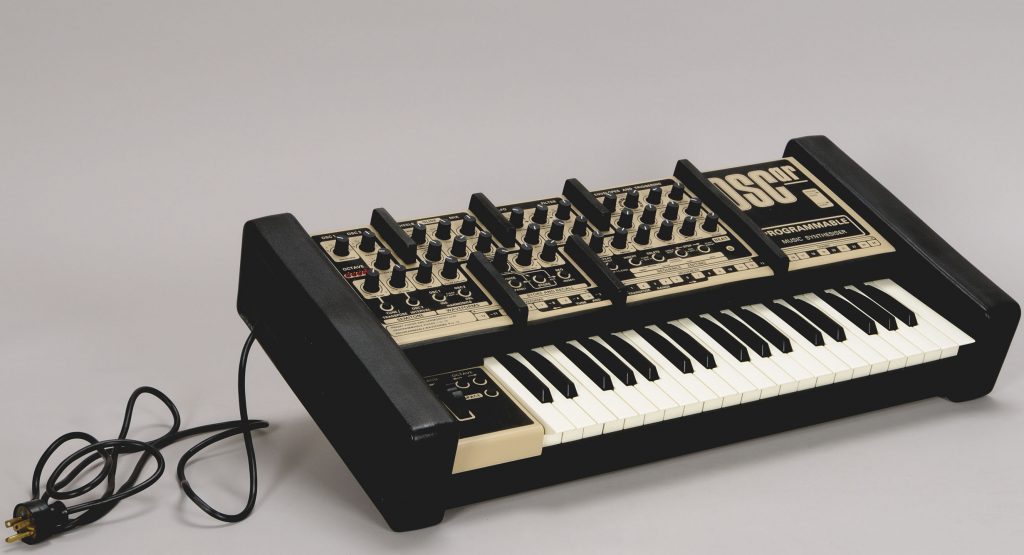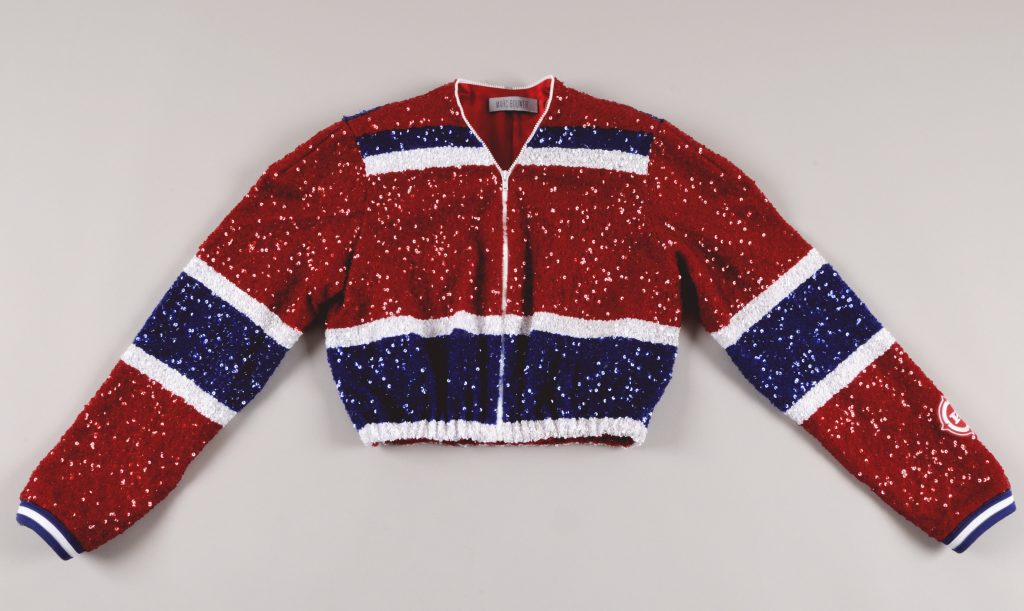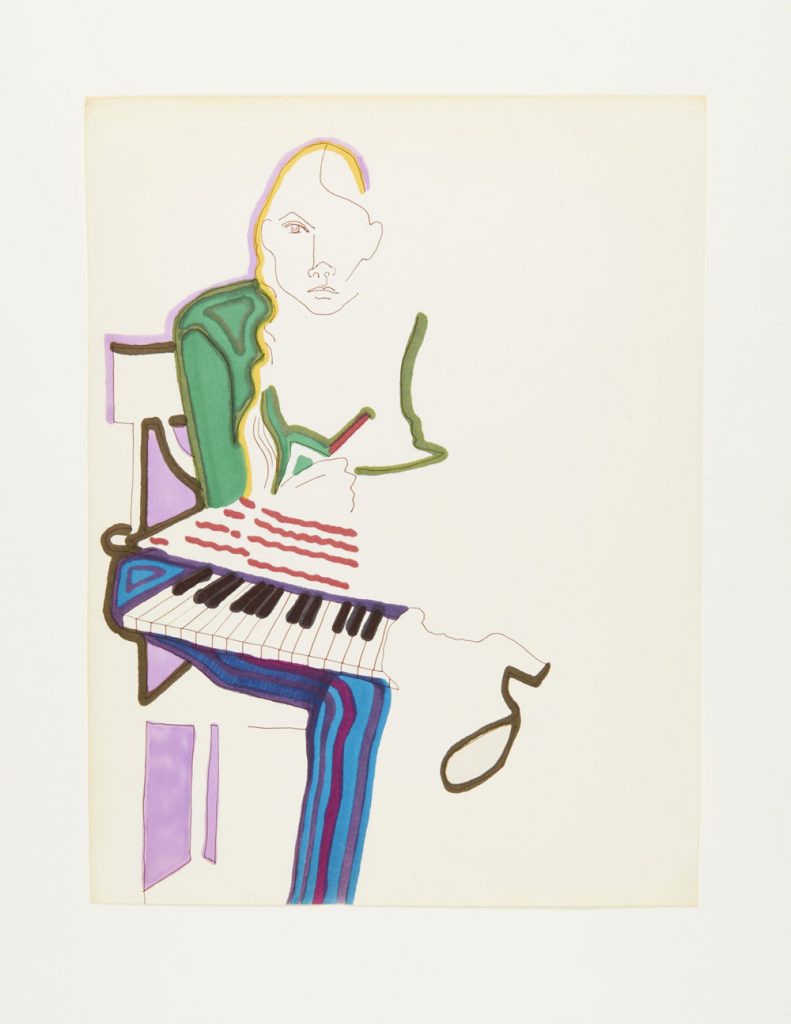Popular music: An integral part of the Museum’s collection
Radio and television brought popular music into every home and artists attracted thousands of fans through their recordings and concert tours. Now, with the Internet, YouTube and social media it is possible to follow these artists more closely than ever before, learning details about their careers, lifestyles and creative processes.
This more or less reflects the Museum of History’s popular music collection. Judith Klassen, Curator, Cultural Expression, oversees the collection that contains thousands of artifacts, recordings and archival documents. It includes numerous genres of commercially broadcast music, from folk to rock, country to jazz and pop to punk. “Many people form personal attachments to popular music,” says Klassen, “but music also gives us an exceptional way of understanding the social, political and cultural movements within which it developed. By bringing together artifacts and archival documents that show the variety and vitality of contemporary cultural expression in Canada, and by sharing the personal and public impact of popular music, the Museum seeks to deepen Canadians’ awareness of their own stories.”
Musical instruments, recordings and sheet music
One would, of course, hope to find musical instruments in a music collection. In this, the Museum does not disappoint. It has, for example, acquired the KORG synthesizer purchased by Oscar Peterson in 2005, the year it came on the market. The Museum has also acquired instruments from the band Rush, including Neil Peart’s drum kit, Alex Lifeson’s double neck Gibson electric guitar and Geddy Lee’s double neck Rickenbacker. Other treasures in the collection include: Buffy Sainte-Marie’s mouthbow; jazzman Moe Koffman’s flute, used during the 1958 recording of his Swingin’ Shepherd Blues; and a clarinet that once belonged to Victor Lombardo, a member of Guy Lombardo and His Royal Canadians.

Oxford synthesizer that belonged to Oscar Peterson. Photo: Canadian Museum of History.
Fans can become true fanatics when it comes to rare and early recordings, sheet music and other bits of musical composition. Within this category, the Museum’s collection includes handwritten lyrics for Rush albums Signals (1982) and Power Windows (1985) and a draft of Big Yellow Taxi by Joni Mitchell.
There’s No Business Like Show Business
Stage clothes often have symbolic value and are worn by recording artists to make them stand out or to give them a specific look. For the great Montréal-born jazz musician Oscar Peterson, his stage wear always demonstrated his deep and abiding respect for the music. One example in the Museum’s collection is a stunning brocade smoking jacket worn by Peterson at a number of concerts, including his 2003 concert in Vienna.
Other notable items of clothing in the collection include a pair of the famous Roman togas with capes worn by César of César et les Romains, a “yéyé” group from the 1960s; stage clothing belonging to Ra McGuire, lead singer for the rock group Trooper; and a costume worn by Shania Twain for the Juno Awards ceremony in 2003.

Costume worn by Shania Twain for the 2003 Juno Awards ceremony. Photo: Canadian Museum of History.
The big music festivals of the 1960s are linked to numerous marketing tools that are, in and of themselves, highly evocative of their times. The Museum’s music collection includes a program from the 1965 Newport Folk Festival, which marked the electric debut of Bob Dylan along with performances by a number of Canadian artists, and a poster for the Transcontinental Pop Festival, which featured an eccentric array of artists that included The Band, Janis Joplin, Robert Charlebois and Ian and Sylvia Tyson. And a collection like this would not be complete without examples of the many types of awards received by Canadian artists. The collection includes several such prizes, including awards presented to Carole Pope, Rush, Randy Bachman, Trooper and Jim Vallance.

Joni Mitchell with keyboard, self-portrait, original ink and colored felt tip drawing, 355 x 270 mm, ca.1969
IMG2015-0144-0025-Dm
“We are currently developing an exhibition that will bring many treasures into public view in the coming years,” says Judith Klassen. “We hope that the collection continues to grow, ensuring that it does justice to the quality and diversity of music in Canada.”